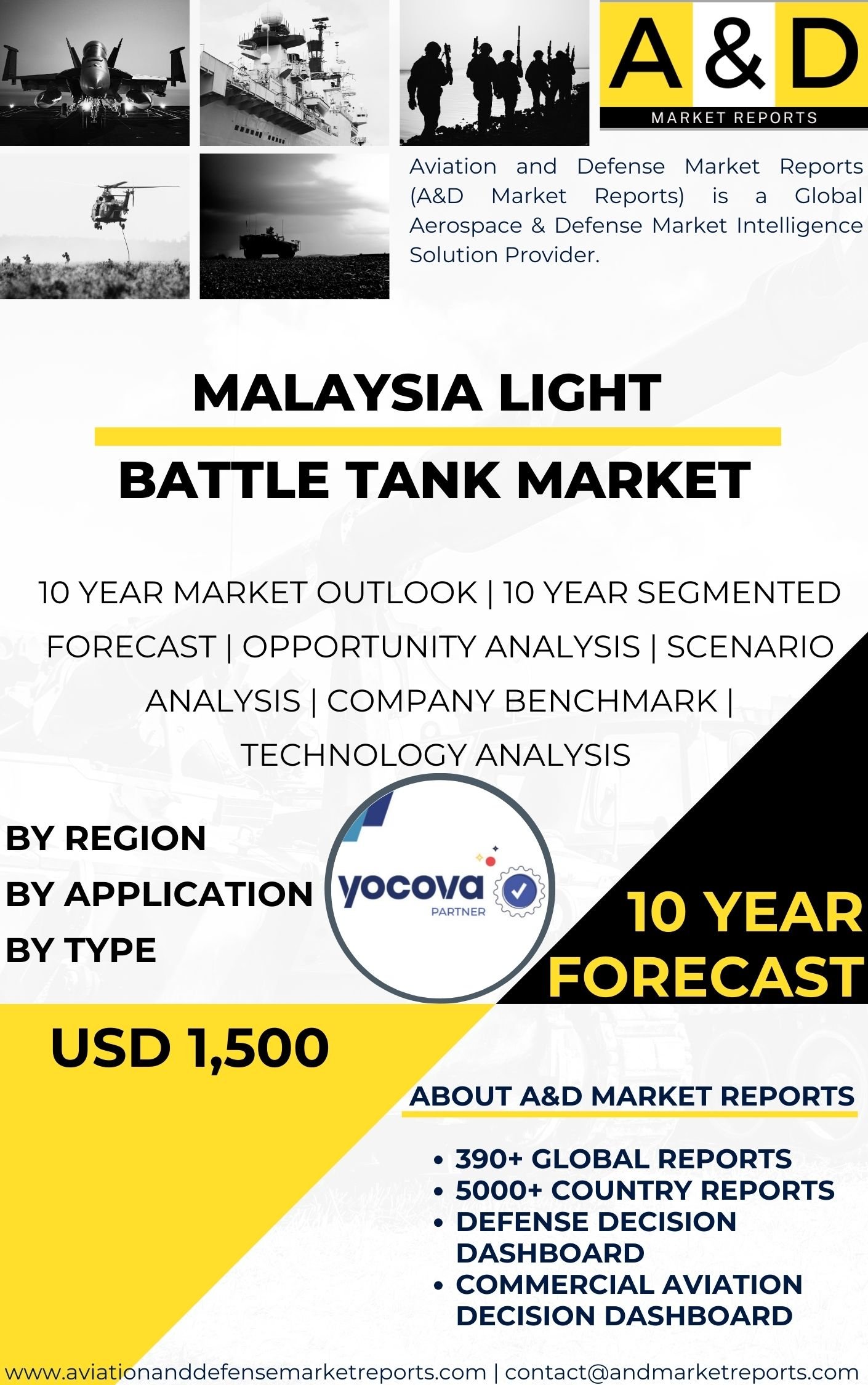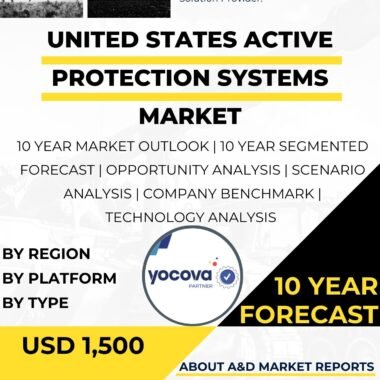Description
Malaysia Light Tank market has emerged as an area of increasing strategic importance and development in recent years, reflecting the country’s commitment to strengthening its defense capabilities and modernizing its armored forces. Light tanks, known for their mobility, versatility, and adaptability, are vital components of modern warfare, combining speed with sufficient firepower and protection to operate effectively in a variety of operational environments. Malaysia’s strategic location in Southeast Asia, with extensive coastlines and land borders with Thailand and Indonesia, exposes the nation to diverse security challenges, including territorial disputes, regional tensions, and asymmetric threats. In this context, the integration of light tanks into Malaysia’s defense strategy enhances the operational flexibility and rapid-response capability of the armed forces, enabling them to respond swiftly and effectively to emerging threats across varied terrains, from dense tropical forests and rugged highlands to urban areas.
Malaysia Light Tank Market : Operational Advantages
The adoption of light tanks offers multiple operational advantages. Their enhanced mobility allows them to navigate challenging and constrained environments that may be inaccessible to heavier armored vehicles, while their firepower, which includes cannons, machine guns, and anti-armor missile systems, enables them to engage a wide range of targets effectively. Light tanks serve as force multipliers by providing reconnaissance support, real-time battlefield intelligence, and operational flexibility for infantry and combined arms units. Their rapid deployment capability further strengthens Malaysia’s armored forces, allowing quick transportation by land, air, or sea to critical zones during emergencies, border security operations, or offensive missions. Additionally, the modular design of modern light tanks facilitates adaptability to different mission requirements, including reconnaissance, anti-armor engagements, infantry support, and rapid-response tasks.
Malaysia Light Tank Market: International Collaborations and Domestic R&D
International collaborations have played a key role in the development of Malaysia’s light tank capabilities. Partnerships with leading global defense manufacturers have provided access to state-of-the-art platforms, advanced armor systems, fire control technologies, sensor integration, and operational expertise. These collaborations have facilitated technology transfer, joint training programs, and capacity building, contributing significantly to the growth of Malaysia’s domestic capabilities in armored vehicle development. In parallel, Malaysia has invested in local research and development initiatives to foster indigenous light tank technologies, encouraging homegrown innovation in design, manufacturing, and systems integration. These efforts aim to enhance self-reliance, reduce dependency on foreign suppliers, and ensure that light tank platforms are optimized for Malaysia’s unique environmental and operational conditions, including tropical climates, urban landscapes, and challenging terrains.
Malaysia Light Tank Market: Challenges
Despite its potential, the Light Tank market in Malaysia faces several challenges. The high costs associated with developing and acquiring advanced light tank systems can impact procurement schedules and the scale of modernization efforts. Ensuring the operational reliability, safety, and resilience of light tanks across diverse and demanding environments is critical for mission success and crew protection. Furthermore, specialized training for crew members and maintenance personnel is essential to maximize the effectiveness of these sophisticated vehicles, as advanced systems require skilled operators for navigation, targeting, and maintenance. Operational adaptability is another key consideration, as Malaysia’s varied geography necessitates vehicles capable of traversing forests, hills, and urban centers without compromising firepower or protection.
Light Tank Market in Malaysia: Future Outlook
Looking ahead, the Light Tank market in Malaysia is poised for sustained growth, driven by government initiatives to modernize the armed forces and adopt advanced defense technologies. As regional security dynamics evolve, light tanks will play a pivotal role in providing rapid-response capabilities, operational flexibility, and force projection. Regional collaborations, joint exercises, and interoperability requirements with allied forces are expected to further influence light tank acquisitions, increasing demand for networked, technologically advanced, and adaptable systems. The integration of emerging technologies, such as lightweight composite armor, advanced fire control systems, and unmanned systems support, will further enhance the effectiveness and survivability of light tanks on the battlefield. By maintaining a capable and versatile light tank fleet, Malaysia can strengthen its armored forces, respond effectively to a variety of security threats, and bolster its overall defense posture.
Light Tank Market in Malaysia: Conclusion
In conclusion, the Light Tank market in Malaysia has experienced substantial growth and development, supported by government investment, international collaborations, and domestic R&D efforts. Light tanks provide essential capabilities, including mobility, firepower, rapid deployment, and reconnaissance support, making them indispensable assets for modern armored operations. While challenges such as cost, technological integration, training, and operational adaptability remain, Malaysia’s proactive approach positions the nation for sustained growth in the light tank segment. By continuing to enhance its light tank capabilities, Malaysia can ensure a strong, agile, and responsive armored force capable of meeting future security challenges and maintaining regional defense readiness.




